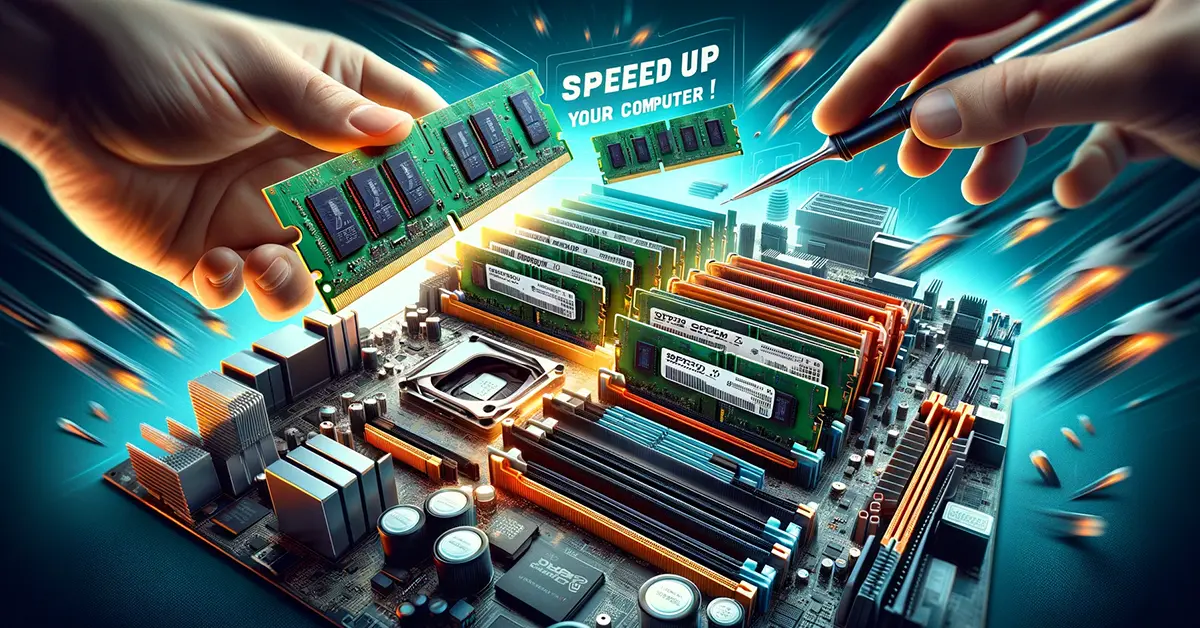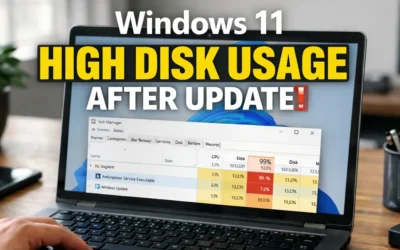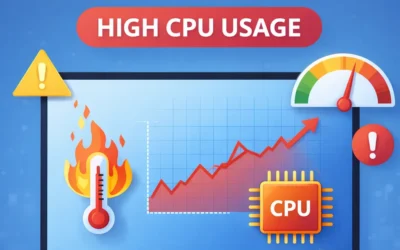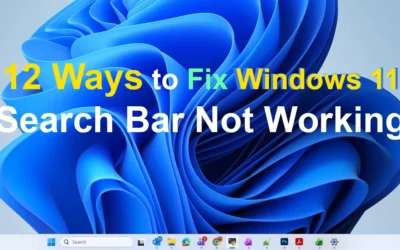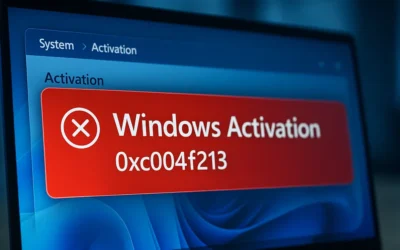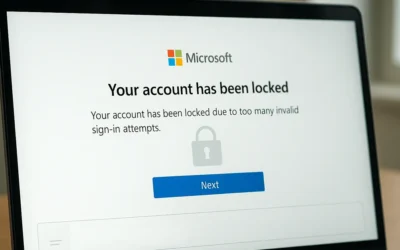Is your Windows computer running slower than it used to? Over time, clutter, outdated drivers, and unnecessary background processes can significantly affect system performance. Whether you’re on Windows 10 or Windows 11, there are practical ways to make your PC faster, more responsive, and efficient.
This guide provides step-by-step methods to speed up Windows, updated with the latest 2025 features like Efficiency Mode and improved Storage Sense. By following these tips, you can extend your system’s lifespan and enjoy smoother performance.
1. Optimize Your Startup Programs
Many applications automatically set themselves to run at startup, consuming memory and slowing down boot time.
- How to Do It: Press Ctrl + Shift + Esc to open Task Manager. Go to the Startup tab and disable unnecessary apps. Look at the Startup impact column to prioritize heavy apps.
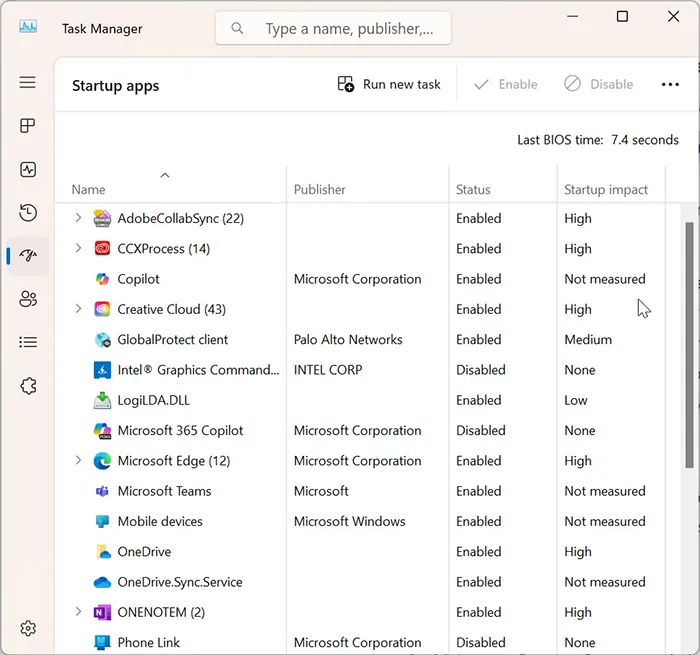
2. Update Windows and Drivers
Outdated Windows builds or drivers can cause performance issues. Keeping them current ensures stability and better compatibility with modern apps.
- Update Windows: Navigate to Settings > Windows Update and click Check for updates.
- Update Drivers: Use Windows Update for device drivers or visit your PC manufacturer’s support site for the latest versions.
Tip: Update critical drivers like graphics, storage controllers, and network adapters for noticeable performance boosts.
3. Run Disk Cleanup and Enable Storage Sense
Disk Cleanup and Storage Sense help remove temporary files, cached updates, and other junk that slows down your system.
- How to Do It: Search for Disk Cleanup from the Start menu and select files to delete. For automation, go to Settings > System > Storage and enable Storage Sense.
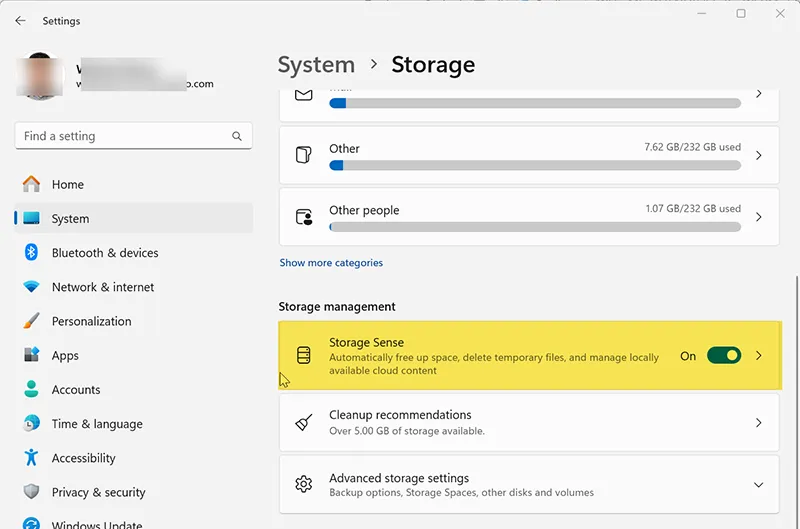
Learn more: How to Clean Up Disk Space on Windows 11
4. Defragment and Optimize Drives
If you still use a hard disk drive (HDD), defragmentation can improve file access speeds. SSDs, however, should not be defragmented—Windows automatically optimizes them.
- How to Do It: Search for Defragment and Optimize Drives, select your HDD, and click Optimize.
5. Adjust Your Power Plan
Windows balances energy efficiency and performance with power modes. Switching to “Best performance” can noticeably increase speed on desktops and plugged-in laptops.
- How to Do It: Go to Settings > System > Power & battery, then select Best performance.
6. Disable Visual Effects and Animations
Windows 11’s animations and transparency look polished but can consume resources. Disabling them frees up performance, especially on older systems.
- How to Do It: Navigate to Settings > Accessibility > Visual effects. Turn off Animation effects and Transparency effects.
7. Use Efficiency Mode for Apps
Windows 11’s Efficiency Mode reduces background resource usage for specific apps, improving responsiveness.
- How to Enable: Open Task Manager, right-click on a process under “Processes,” and choose Efficiency mode.
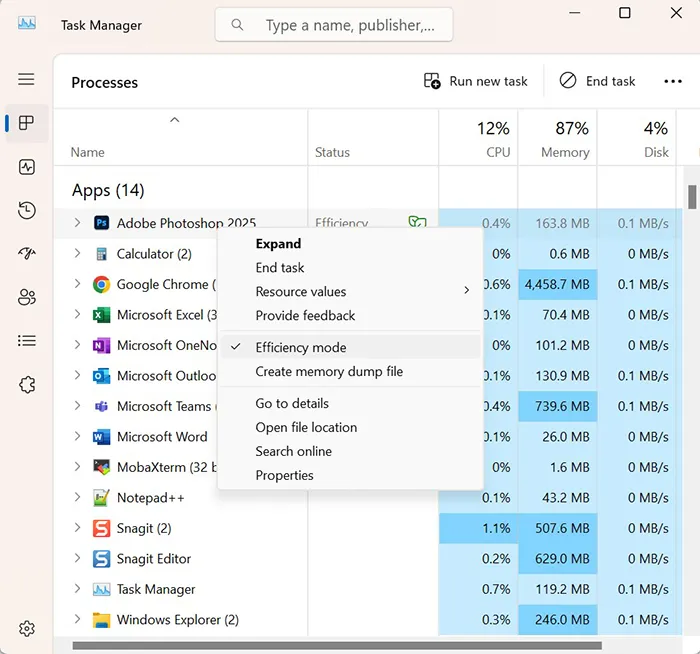
8. Regularly Scan for Malware
Malware can secretly consume system resources and slow performance. Regular scans keep your PC safe and fast.
- How to Do It: Open Windows Security > Virus & threat protection > Quick scan.
Read more: How to Remove Malware and Viruses
9. Manage Background Apps and Services
Some apps run silently in the background, consuming CPU and RAM. Disabling unnecessary apps helps free up resources.
- How to Do It: Go to Settings > Apps > Installed apps. Disable or uninstall apps you don’t use.
10. Free Up Space with Cloud Storage
Large local files, especially videos and installers, can reduce available disk space. Moving them to cloud storage or an external drive improves responsiveness.
- Use OneDrive or external SSDs to store large files and keep your primary drive uncluttered.
11. Consider Hardware Upgrades
If performance issues persist even after optimization, upgrading hardware can provide a significant boost.
- RAM: Adding more memory helps with multitasking and heavy apps.
- SSD Upgrade: Replacing HDD with SSD improves boot and load times dramatically.
Bonus Tips to Boost Performance
- Uninstall bloatware or trialware that came pre-installed on your PC.
- Keep at least 15–20% of disk space free for Windows operations.
- Restart your PC regularly to clear background tasks.
Key Takeaways
Speeding up a Windows computer requires a mix of system tweaks, regular maintenance, and sometimes hardware upgrades. Start with quick wins like disabling startup apps and enabling Storage Sense, then move to advanced steps like Efficiency Mode and upgrading RAM if needed.
See Also Related Articles
- How to Clean Up Disk Space on Windows 11
- How to Fix a Frozen Windows and macOS Computer
- How to Delete Temporary Files in Windows 11
Frequently Asked Questions
How often should I run Disk Cleanup?
Once a month is ideal to free up space and maintain smooth performance.
Can disabling startup apps improve boot time?
Yes. Disabling high-impact startup apps can significantly reduce boot time.
Does defragmenting an SSD help?
No. SSDs don’t benefit from defragmentation, but Windows automatically optimizes them.
What is Efficiency Mode in Windows 11?
Efficiency Mode reduces CPU and RAM usage for background apps, improving responsiveness.
Why is my laptop still slow after cleanup?
If performance issues persist, outdated drivers, malware, or insufficient RAM may be the cause.
How much free space should I keep on my disk?
Maintain at least 15–20% free space to avoid slowdowns during updates and system tasks.
Does adding more RAM speed up Windows?
Yes. Increasing RAM improves multitasking and performance in memory-intensive apps.
What’s the best antivirus for performance?
Windows Defender is solid, but premium antivirus may add identity protection and VPN features.

